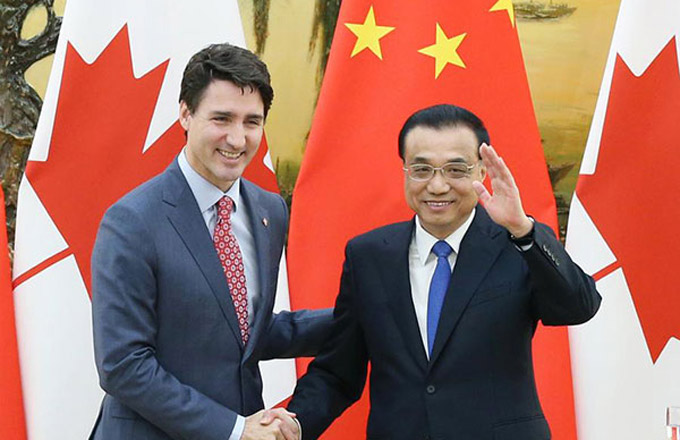Family planning policy enters new era
East China's Anhui became the third province to relax the one-child policy on Thursday, allowing couples to have a second baby if either parent is an only child.
About one week earlier, Zhejiang province was the first in the country to relax family planning rules. Jiangxi province followed on Jan18.
"The policy change comes just in time," said Shen Xian, a 35-year-old from Jiangxi.
"My husband is from a one-child family and I don't want my son to be a lonely only child," said Shen, who was brought up with the traditional Chinese belief that happiness lies in having many children.
Shen was banned from having a second child under the previous policy.
The relaxation is a significant change and is part of a plan to raise fertility rates and ease the financial burden on China's rapidly aging population.
Provincial-level governments in Beijing, Guangxi, Hubei and Jiangsu have announced intentions to relax the policy in March. Others, including Hunan, Qinghai and Shanghai, promised changes in the first half of this year.
Following the rapid economic growth in the past decade, China's population advantage has shrunk. It has become an aging society with few young working people supporting parents and grandparents. For years, experts from many walks of life have been calling for the relaxation of the policy.
China's family planning policy, put in place in the late 1970s, is widely believed to have contributed to the country's rising prosperity.
It is estimated that the policy has so far prevented around 400 million births.
Some also argue that the policy has contributed to a gender imbalance in China, where sex-specific abortions remain common in a culture that prefers boys over girls.
The gender ratio at birth was 117.6 boys to 100 girls last year. A ratio between 100 and 107 is considered normal.
In December, the Standing Committee of the National People's Congress, the top legislature, approved the relaxation of the policy, but it was left up to the provinces to make their own calls on implementation.
The average fertility rate stands at 1.5 births per woman in China and is not enough to offset aging. Populations shrink when the fertility rate is lower than 2.1, experts say.
In Henan and Guangdong provinces, each with a population of more than 100 million, local governments have taken a more prudent approach with no timetable for implementation.
For a relatively underdeveloped province with a large population, changes should be made cautiously and only after thorough investigation and calculation, said Wang Jieying, spokesperson for the Henan provincial health and family planning commission.
"We have to take full account of population trends and extra pressure on public resources, including food, health, education and employment."
There would be 50,000 to 80,000 more babies every year in Henan if the new regime took effect, according to an initial calculation by the commission.
Relaxation is likely to bring a mini baby boom in the province, but the commission believes its impact will be manageable.
Guangdong has sent a report to the National Health and Family Planning Commission. If the report is approved, a policy adjustment will be made.
"We are actively seeking early approval from the central government and will make the changes as soon as possible," said Chen Yuansheng, head of the Guangdong health and family planning commission.
"The effect on education, health and employment will be minimal," Chen said. Guangdong is the most developed province in China with a GDP of more than $1 trillion.
Many Chinese women have expressed limited interest in having second children, so these changes will not lead to unexpected population growth and serious social problems, said Zhang Chewei, deputy head of the Population and Labor Economics Research Institute with the Chinese Academy of Social Sciences.
The rising cost of living and housing prices in cities, and children's education expenses, have forced many young parents to give up the idea of a second child. China's fertility rate fell from 3.34 in 1970 to 1.21 in 2012. Population growth dropped from 2.58 percent to 0.495 percent over the same period, according to health authorities.


















